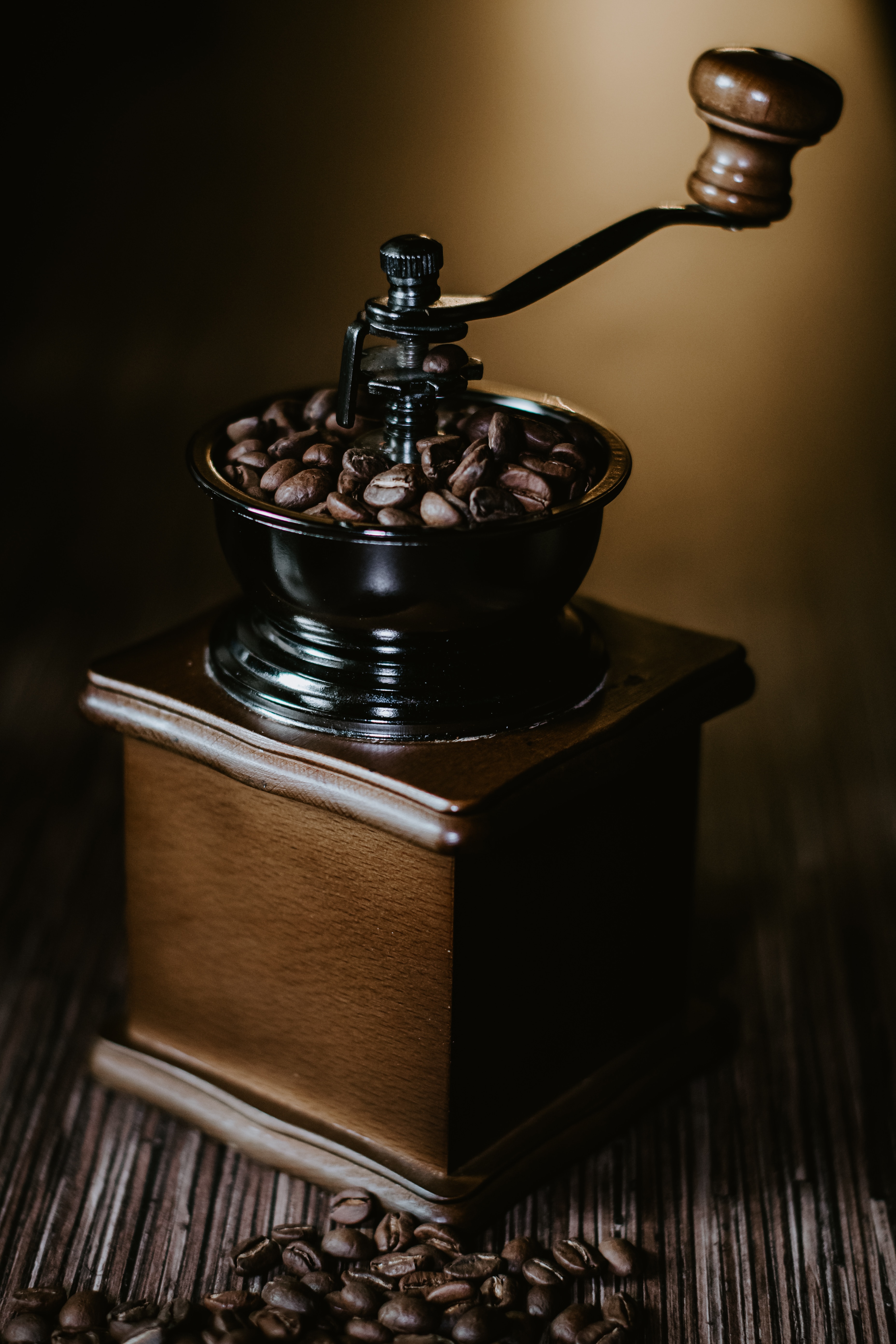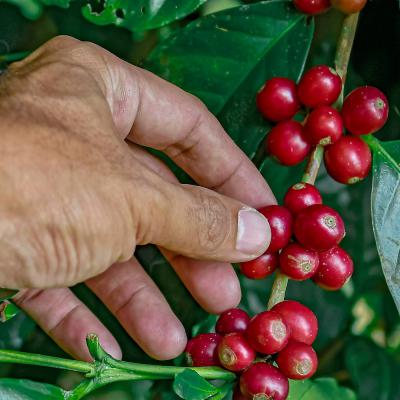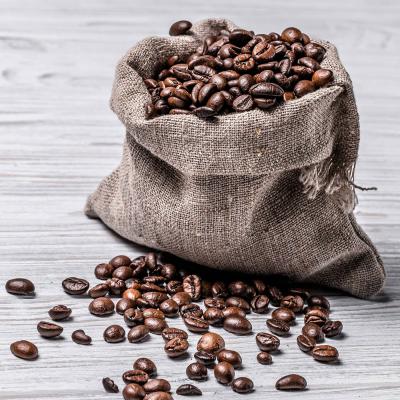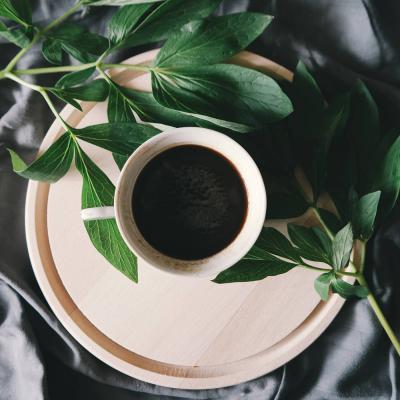
Grinding Coffee - Temperature
Navigating the heat challenges in Coffee Grinding is essential if you want to serve or drink consitantly great cups of coffee.
The heat generated during the grinding process can impact the quality of the coffee grounds enormously, and subsequently, the final brew.
Understanding and managing this heat is crucial for preserving the delicate flavours and aromas locked within the coffee beans.
Frictional Heat
One of the primary sources of heat during grinding is friction between the coffee beans and the grinding mechanism. Whether it's the blades in a blade grinder or the burrs in a burr grinder, the constant contact generates heat. And, in high-speed blade grinders, this heat can be more pronounced.
If your coffee grounds overheat, they will lose their aromatic compounds.
Burr Grinders and Heat
While burr grinders are renowned for their consistency in grind size, they are not immune to heat challenges. The precision of burr grinders often means a longer grinding process, leading to prolonged exposure to heat. This can result in the temperature of the coffee grounds rising, affecting the volatile compounds responsible for the nuanced flavours and aromas in the coffee.
Impact of Overheating on Flavour Profile
Excessive heat generated during the grinding process can alter the chemical composition of the coffee grounds. The volatile oils and compounds that contribute to the unique taste and aroma of the coffee can be compromised or even evaporate, leading to a loss of complexity in the flavor profile. Overheating can also introduce bitterness to the grounds, overshadowing the desired characteristics of the coffee.
Impact of Overheating on Consistency
Inconsistent particle sizes can result from the expansion and contraction of coffee beans due to heat, thus leading to an uneven extraction during brewing. This lack of uniformity can manifest as over-extraction or under-extraction, negatively impacting the overall quality of the coffee.



